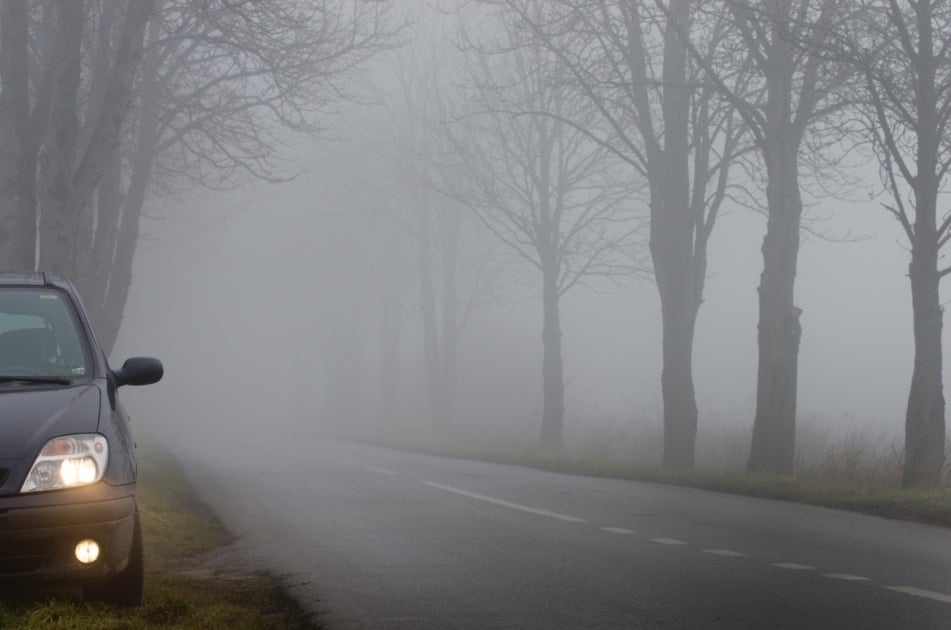Fog Facts
Where is the foggiest area in the U.S.? When is fog most likely to occur? You'll find the answers here.

Have you ever looked out the window and found it hard to see the trees? It could be because the windows need a good cleaning. Or it could be a sudden appearance of fog.
What is fog?
- Fog can be simply defined as a cloud touching the ground. Ever heard the expression, he’s walking on cloud nine? Well, if you’ve walked through fog, you’ve walked through a cloud.
- Fog or ground clouds are made of millions of tiny droplets of water floating in the air.
How, when and where does fog most likely occur?
- Fog generally forms when the relative humidity reaches 100% at ground level.
- The ability of fog to form suddenly and disappear as quickly is determined by what side of the dewpoint the temperature registers.
- Long, cool autumn nights cause the air near the ground to chill, causing the formation of fog to be prevalent in fall.
- Fog is most likely to occur at night or near dawn when the temperature of the day is normally at it’s lowest.
- The cool ground air forms fog and dew as the air-cools and water vapors condense into tiny droplets of water.
- Fog is typically thicker in low places as the heavy air flows downward.
- Fog can also form over cold, snow-covered ground as warmer air moves in.
- Fog forms often near creeks, waterways and river valleys as the water increases the humidity in the air.
- Fog is most likely to occur when the dewpoint level is very near the current temperature reading, being no more than 5 degrees F. difference.
- Fog evaporates after sunrise as the sun warms the fog from the top down. The thicker the fog, the longer it takes to dissipate.
Fog Trivia
- The foggiest area in the United States is Point Reyes, California. It is in the top two foggiest land areas in the world with over 200 days of fog a year.
- There are as many types of fog as there are cloud formations in the sky.
- If you thought all fogs were created equal think again. There are many types: Radiation fog, Sea fog, Ground fog, Advection fog, Steam fog (also called evaporation fog), Precipitation fog, Upslope fog, Valley fog, Ice fog, Freezing fog and Artificial fog.
Driving in Fog
Fog reduces visibility outdoors greatly producing dangerous driving conditions. Be particularly cautious when driving in low land areas near water when fog is present or likely to occur.
- Headlights ON, using low beams.
- Be alert – no distracted driving.
- Drive slowly, leaving enough distance between you and other cars.
- Be careful of freezing temperatures.
- Pay attention to advisories.

Deborah Tukua
Deborah Tukua is a natural living, healthy lifestyle writer and author of 7 non-fiction books, including Pearls of Garden Wisdom: Time-Saving Tips and Techniques from a Country Home, Pearls of Country Wisdom: Hints from a Small Town on Keeping Garden and Home, and Naturally Sweet Blender Treats. Tukua has been a writer for the Farmers' Almanac since 2004.





